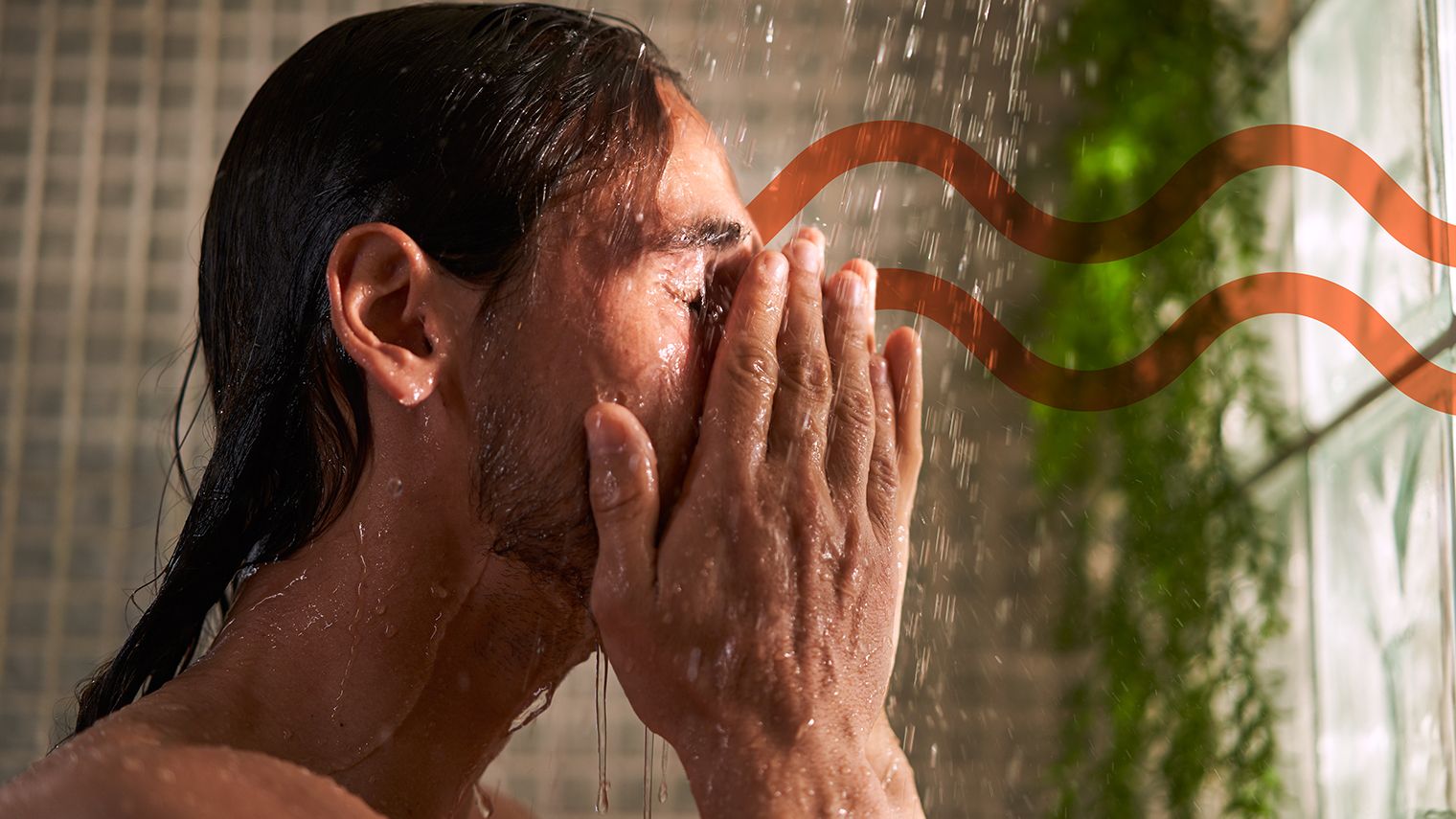How to Shower with Oxygen
November 03, 2023
Content created for the Bezzy community and sponsored by our partners. Learn More

Photography by Carlos Barquero/Getty Images
Your guide for safely showering with confidence (and oxygen).
When living with COPD, you may find that showering — like a lot of other self-care activities — takes more energy than it once did.
While it may sound surprising, using oxygen during showers and baths is not only possible, it’s often recommended. And as long as you’re following a few safety precautions, using oxygen may make bathing more enjoyable.


Why you may need oxygen when showering
Your doctor might prescribe oxygen for you to use at home and on the go. An oxygen concentrator can make breathing easier.
COPD can make daily activities difficult and tiring. Showering tends to involve a lot of reaching and bending. These movements may drain your energy and lead to shortness of breath.
Using oxygen in the shower may help ensure that you continue to get the oxygen you need so that you can bathe without becoming out of breath or overly fatigued.
Tips for showering with oxygen
Showering with oxygen can take some getting used to. But some people with COPD may find that using oxygen makes showering enjoyable again and less challenging. Here are a few tips to help you along the way.
Check your equipment
- Keep equipment dry: It’s important to make sure the concentrator stays dry while you shower. To do this, place it far away from the shower or outside the bathroom. If you have to keep it in the bathroom, placing towels around it may help prevent water from pooling at its base.
- Take inventory of your supply: Double-check your oxygen supply each day. If it’s getting low, you may need to order more oxygen tanks or replace your current tank. Some companies may offer automatic renewals so you won’t need to order them.
- Examine your tubing: Before turning on your machine, take a minute to check out the tubing for bends or blocks that may hamper the flow of oxygen.
- Keep the flow rate the same: The prescribing doctor should provide you with a flow rate to use. Set your machine to this rate and do not change it unless a doctor tells you to.
- Keep the equipment clean: Regular maintenance of the tubing and cannula (the part that goes in your nose) helps ensure your safety when using oxygen. Unless your doctor tells you otherwise, replace the cannula or mask every 2–4 weeks and the tubing every 2 months. You should also replace the air filter once per month. You can clean the tubing, cannula, and mask with warm, soapy water once a week.
Be mindful of steam and temperature
- Reduce steam: The American Lung Association recommends that you take steps to reduce steam in the bathroom. You can do this either by using a bathroom exhaust fan or by leaving the door cracked open.
- Cool things down: It’s important to reduce humidity whenever possible. Keeping the water temperature cool might be difficult to get used to, but the reward is less difficulty breathing. Still, cold showers aren’t for everyone. Start with a lukewarm temperature and adjust based on your needs.
Shower safely and comfortably
- Take a seat: When showering, you may find it helpful to sit down, particularly during activities such as shaving and washing your hair. You can purchase shower a bench or chair, although it may require installation.
- Keep essentials nearby: Having everything you need within an arm’s reach is important to prevent you from unnecessarily exerting yourself. That might look like keeping shampoo, conditioner, and soap fully stocked and on a shelf that’s close to your hip or upper body to prevent bending and reaching. The same goes for a washcloth or loofah, towels, and other shower essentials.
- Upgrade your towels: People living with COPD in our Bezzy community say that terry towels and a terrycloth robe are must-haves for bathing. They work better than traditional towels, which can drain your energy.
- Consider buying a new showerhead: Using a shower that doesn’t allow you to adjust the direction of the water can be tricky. An adjustable showerhead may help you feel more in control. It’s important that you can feel comfortable lathering up and rinsing off at your own speed and in a way that does not soak your oxygen equipment.
- Do what works for you: Everyone is different. It may take some time to get used to navigating oxygen tubing and preventing it from getting tangled. It can be helpful to try different positions and to keep soaps in an easy-to-access spot.
Takeaways
When showering with oxygen, make sure to keep the machine dry. You can place it outside the bathroom or away from the shower. Also try to place personal care products where you can easily reach them and consider installing a chair or bench to make showering easier.
If you have concerns about using oxygen in the shower or in general, contact your doctor. They can provide detailed instructions on how to safely and effectively shower with oxygen.
For additional support, you may find it helpful to connect with an online support group. Check out our Bezzy COPD forums and articles and lean on others who understand what it’s like to live with COPD and shower with oxygen.
Medically reviewed on November 03, 2023
6 Sources


Like the story? React, bookmark, or share below:
Have thoughts or suggestions about this article? Email us at article-feedback@bezzy.com.
About the author